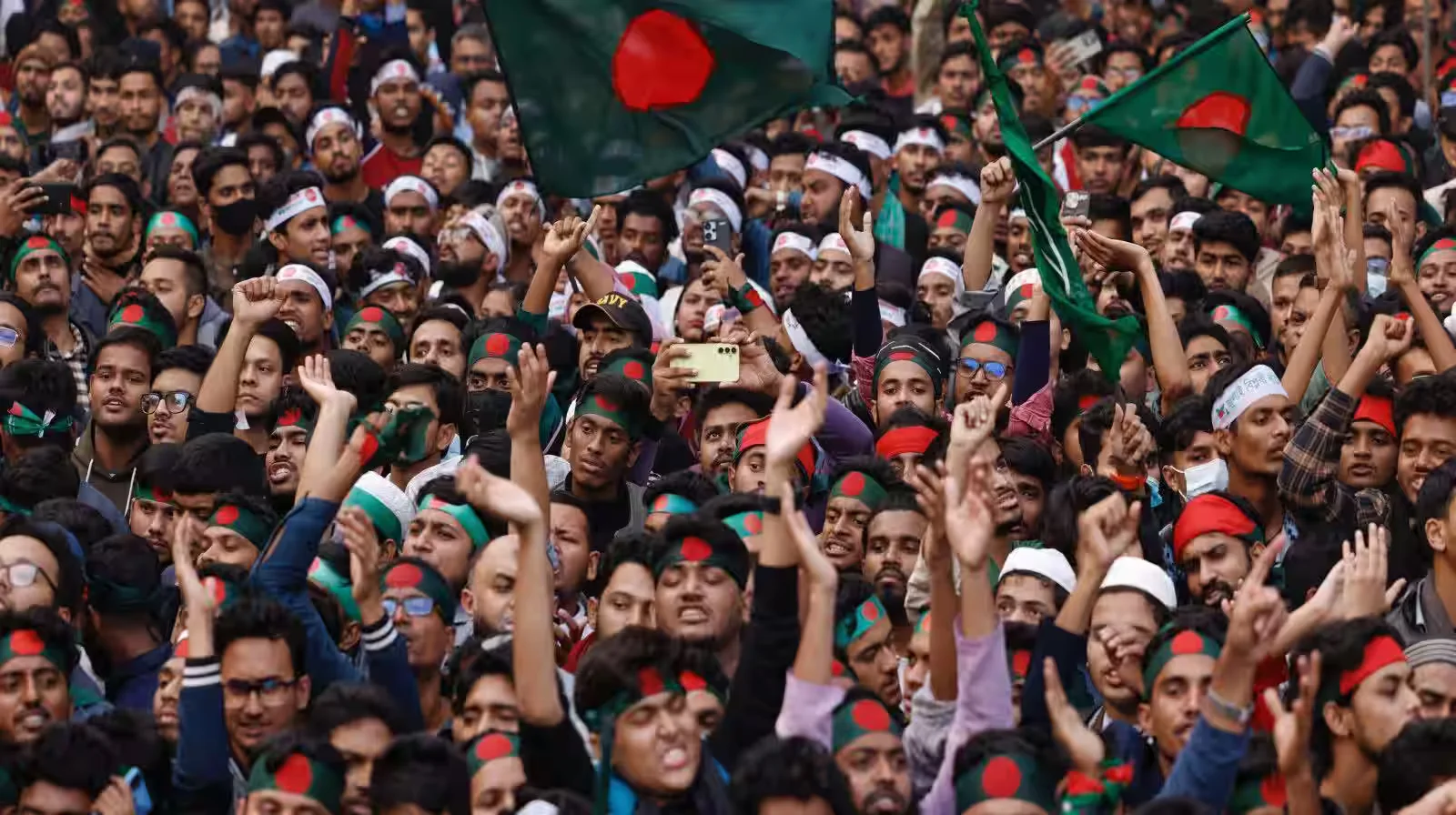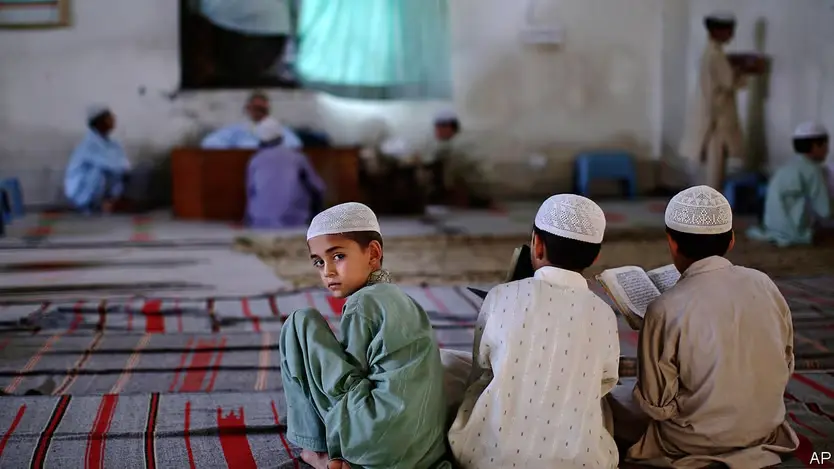Chief Justice of India Sanjiv Khanna administered the oath of office to former Delhi High Court Chief Justice Manmohan on Thursday. They swore him in as a judge of the Supreme Court.
CJI Khanna administered the oath to Justice Manmohan at an event held in the Supreme Court.
With his swearing-in, the Supreme Court now has a working strength of 33 judges against the sanctioned strength of 34.
Also See: India’s Supreme Court orders Adani probe
On November 28, the Supreme Court Collegium recommended the elevation of Justice Manmohan as a judge of the apex court. Subsequently, the Centre cleared the elevation and notified his appointment on December 3.
Justice Manmohan is an alumnus of Modern School, Barakhamba Road. He obtained a BA (Hons) in History from Hindu College, University of Delhi. In 1987, he earned his LLB degree from the Campus Law Centre, DU. He also enrolled as an advocate with the Bar Council of Delhi in the same year.
Justice Manmohan practised primarily in the Supreme Court and the Delhi High Court in civil, criminal, constitutional, taxation, arbitration, trademark, and service matters. He also served as a senior panel advocate for the Center in the high court and the Supreme Court.
The High Court of Delhi designated Justice Manmohan as a senior advocate on January 18, 2003.
The Collegium appointed him as an additional judge of the Delhi High Court on March 13, 2008. They appointed him as a permanent judge on December 17, 2009.
Justice Manmohan became the acting chief justice of the Delhi High Court on November 9, 2023, and the chief justice with effect from September 29, 2024.
This news is sourced from Indian Express and is intended for informational purposes only.

![Justice Manmohan sworn in as Supreme Court judge, bringing the court's strength to 33 of 34 sanctioned judges. [Image via Indian Express]](https://southasiatimes.org/wp-content/uploads/2024/12/Justice-Manmohan.webp)




